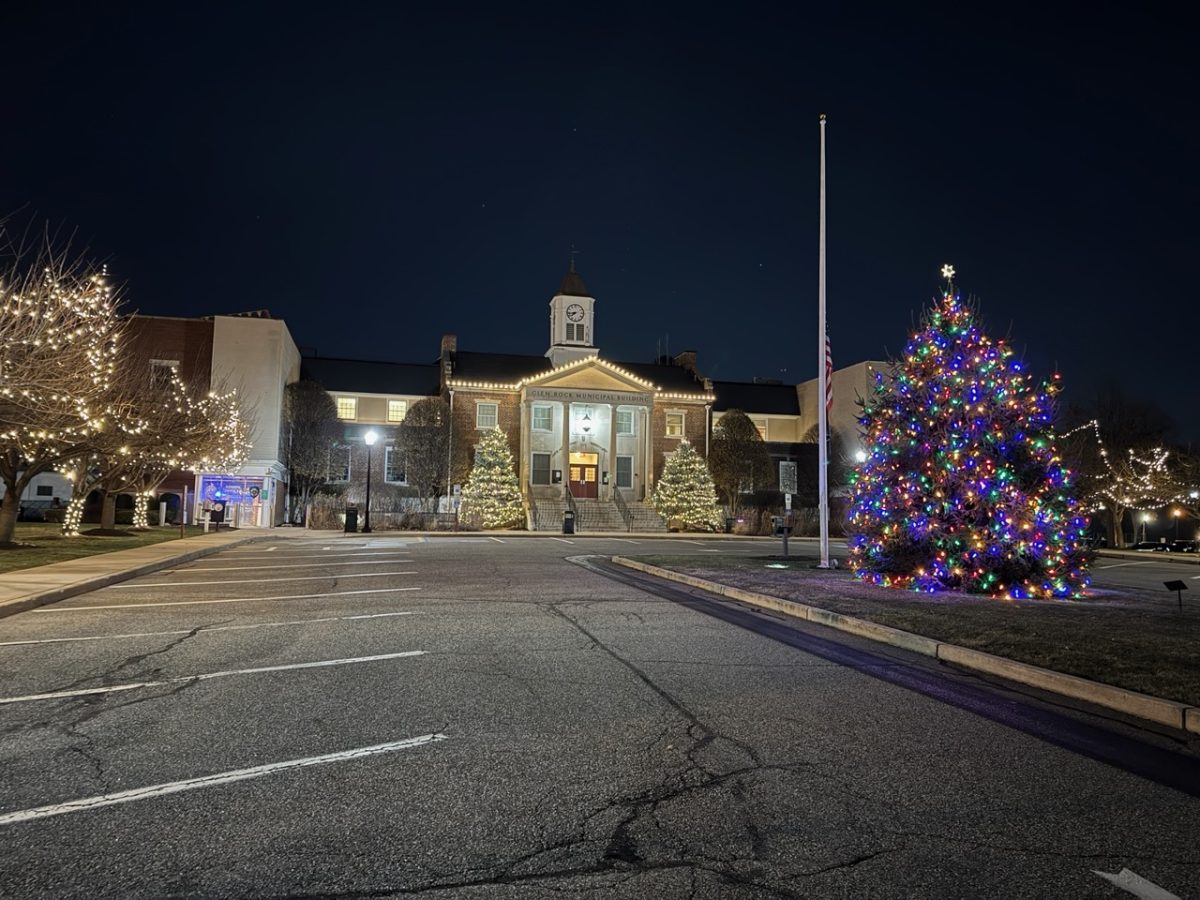On cold winter days, many people crave warm summer nights, but for ski enthusiasts, a snowy season is a dream come true. Among those who annually ski, the banter regarding the best mountains is a yearly conversation. While the West Coast is often referred to as the “best coast” due to frequent snowfall, the East Coast is known for its icy trails and the sound of scraping skis on man-made snow. Regardless of reputation, students of Glen Rock High School have grown up just a few hours away from well-known East Coast resorts. However, with global temperatures rising, is East Coast skiing ever going to be the same experience as it was 10 years ago?
Eight states make up the Northeast ski region and an estimated 145 resorts in total. One area specifically put East Coast skiing on the global map – Lake Placid. Lake Placid is home to White Face Mountain, part of the Appalachian mountains, and the location for two previous Winter Olympics.
In 2023 the world’s CO2 emissions hit a record high due to fossil fuel usage. The concentration of CO2 in the atmosphere rose to the highest level ever recorded, and it is only getting worse as time moves on without drastic and immediate change. Many students have most likely taken a trip to either Wyndham, Hunter, Gore, Jiminy Peak, Stratton, Stowe, or Lake Placid and have watched the weather hoping for a storm to come through and temperatures to remain cold enough to keep the rain away.
While climate change affects the entire ecosystem, ski industries are being hit especially hard by these sudden changes. Resorts have been dropping financially because of a huge decrease in skiers. Resorts are spending millions on producing snow every season, in order to try and bring the ski community back on the mountain. It’s not only the resorts suffering, but all of the other industries such as hotels, restaurants, ski rental locations, and local shops that benefit from winter tourism.
Nancy Peck Cook, a professional ski instructor and author of the book “Skiing is Believing” stated, “I’ve been an eyewitness to the effects of climate change on the northeast ski industry, particularly at Stowe Mountain Resort in VT. The once-reliable winter wonderland is now vulnerable, urging us to safeguard Stowe’s pristine slopes and preserve the unique skiing experience for future generations.”
Just in the last month, there have been over five large rainstorms which not only didn’t bring snow, but washed away any base that was in place. The lack of snowfall in the Northeast area has been increasing along with lower areas of New York where there has been a snow drought for years. The last time Central Park saw more than an inch of snow was on Feb. 13, 2022.
So what are East Coast resorts going to do? The process of making snow is not difficult, but it is very expensive, to make enough for an entire mountain. In simple terms, snowmaking machines or snow guns shoot a stream of water out, cooling the air around it enough to freeze. This process is called evaporative cooling. The machine alone typically costs $25,000 to $30,000, but depending on the mountain, it can cost from $500,000 to over $3.5 million per season to make snow. In the long run, if resorts are making hardly any income yet still spending so much to bring skiers in, we will not have a great future for skiing.









